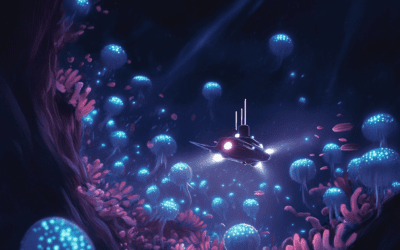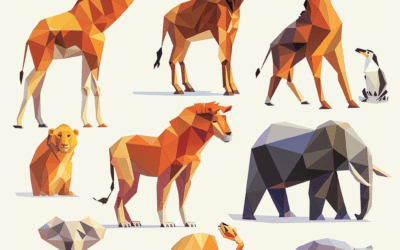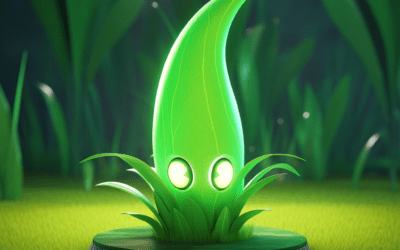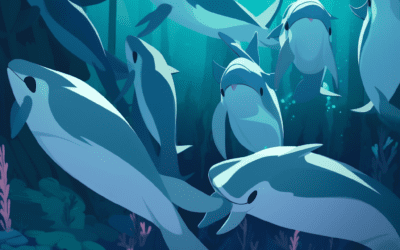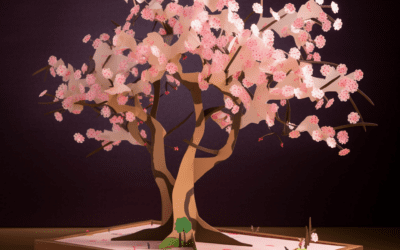Do Camels Store Water in Their Hump?
Introduction
Camels are fascinating creatures known for their ability to survive in harsh desert conditions. One common misconception is that camels store water in their hump. Today, we will explore this question and uncover the truth behind this popular belief.
The Purpose of the Hump
Contrary to popular belief, camels do not actually store water in their hump. Instead, the hump is made up of fat stored by the camel’s body. This fat provides the camel with energy when food is scarce in the desert.
The Importance of Fat
Imagine your body as a backpack. When you have plenty of food to eat, your body stores extra energy in the form of fat, just like a camel’s hump. Later, when there’s no food available, your body uses that stored fat for energy. This is exactly what camels do with their humps!
Water Storage
So if camels don’t store water in their hump, how do they survive without access to water for long periods? The secret lies in their body’s ability to conserve water and their unique biology.
Water Conservation
Camels have adaptations that allow them to go for long periods without drinking water. They are capable of both conserving water in their bodies and efficiently using the water they do consume.
– Breathing: Camels have a unique ability to control their breathing in a way that reduces water loss. They can close their nostrils, keeping the moisture inside their bodies and minimizing the amount of water lost through exhaling.
– Urination and sweating: Camels have a specialized system that allows them to concentrate their urine, producing less water waste. Additionally, they sweat less than other animals, preventing excessive water loss from evaporation.
Water from Food
Another interesting fact is that camels can get a significant amount of water from the food they eat. Desert plants, which make up a large part of their diet, contain moisture. When camels digest these plants, they break them down and extract the water from them, reducing their need for external water sources.
Lasting Without Water
Thanks to their incredible water conservation abilities, a camel can survive for long periods without drinking water. They can go up to two weeks or even more in extreme cases without water. This is a remarkable adaptation that allows them to thrive in the dry desert environment.
In Conclusion
To sum it up, camels do not store water in their hump. Instead, their hump is made of stored fat that provides energy when food is scarce. Camels have amazing adaptations that allow them to conserve water, making them well-suited for life in arid environments. So the next time you see a camel’s hump, remember that it’s not filled with water, but with reserves of energy for their desert adventures!



